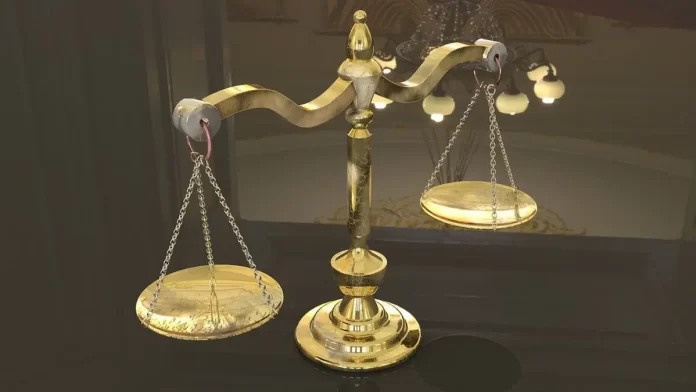Dr Jitendra Singh on Friday said that the Government is constantly removing bottlenecks for faster disposal of litigations in the Central Administrative Tribunal, across the country.
Addressing a two-day Orientation Workshop for the Members of Central Administrative Tribunal at Indian Institute of Public Administration (IIPA) in New Delhi, the minister said that the Government, in last 8 years, has repealed around 2 thousand laws which have become obsolete.
Central Administrative Tribunals
Central Administrative Tribunals are quasi-judicial bodies set-up under Article 323A of the Indian Constitution in 1985.
They are expected to function as a viable substitute for the overburdened High Courts.
Parliament enacted Article 323A to provide for special Tribunals for the purpose of hearing specialized matters like service matters on two grounds
First, that the High Court is so much burdened with other types of works and, therefore, it is not possible for it to expeditiously dispose of service matters.
And, second, that the service matters need an amount of specialization and, therefore, an element of experience of service matters is necessary
The increasing pendency of litigation before the High Courts, the theory of ‘alternative institutional mechanisms’ has also been propounded to defend the establishment of Administrative Tribunals.
Mandate, Powers and Functions
Central Administrative Tribunals are expected to function as a viable substitute for the High Courts.
Administrative Tribunals are distinguishable from the ordinary courts with regard to their jurisdiction and procedure, as they exercise jurisdiction only in relation to the service matters of the litigants covered by the Act.
These Tribunals are also free from many of the procedural technicalities of the ordinary courts.
Tribunal is thus now manned by persons having vast experience in judiciary and administration, resulting not only into quick disposal of cases, but quality judgments as well.
Union Minister Dr. Jitendra Singh recently appreciated the fact that these Members are discharging their duties similarly as are being discharged by higher judiciary in the country, independently of government intervention and the Chairman of the Tribunal can be given powers akin to that of Chief Justice of a High Court.
CAT Benches and Case Disposal Rate
As on date, CAT has 19 regular Benches, 17 of which operate at the principal seats of High Courts and the remaining two at Jaipur and Lucknow.
Both the newly created Benches at Jammu and Srinagar have been made functional.
On an average, has been above 90%. There is no doubt that the Central Administrative Tribunal has come a long way and is rightly being characterised by the uniqueness in its jurisdiction and procedure.
Freedom from the long drawn mandatory procedural technicalities has enabled it to achieve an unmatched disposal rate.
On the issue of delay, which continues to affect the system in the matter of resolution of service disputes, Dr. Singh said that it has been generally noted that the disposal of the applications before the Administrative Tribunal always has been expeditious and hardly there is pendency of old cases in most of the Benches.
Need for technological interventions
Dr. Jitendra Singh noted that technological interventions play a primary role in mitigating the impact of COVID-19 and delivery of services to people.
He said that the delivery of the justice and functioning of court was also achieved to a certain extent due to the facility of e-courts and video-conferencing facilities, very well envisaged by the Prime Minister Shri Narendra Modi.
He said that technological intervention in case management and disposal (e-filing, e-evidence, Video-conferencing and online case management system) need to be adopted and implemented more rigorously.
